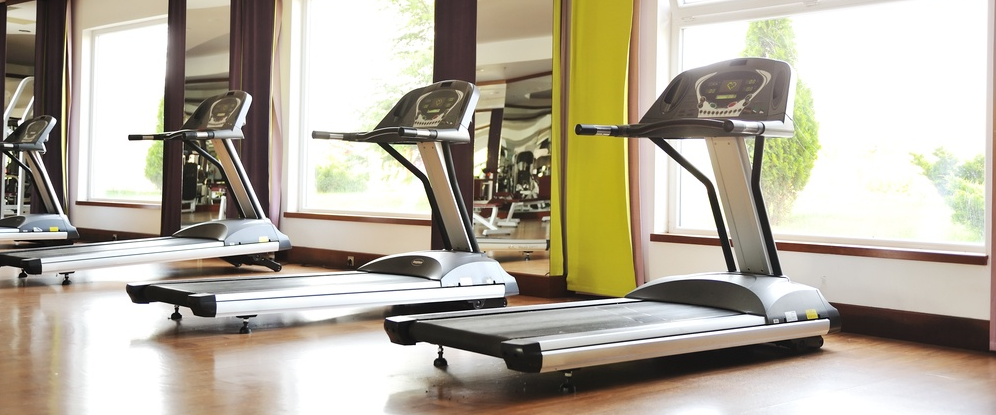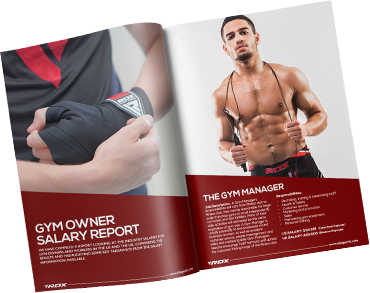Starting a business is an exciting and potentially life-changing opportunity. However, dealing with the financial constraints can be one of the most frustrating aspects of opening a new gym – curtailing grand ambitions to comply with your capital. One of the most critical aspects is ensuring you have the correct commercial gym equipment for your premise.
In this article we will provide the information needed to make an informed decision about the apparatus you’ll need to succeed.
What is Commercial Gym Equipment?
The classification of commercial gym equipment might appear to be obvious, however, there are some clear factors which distinguish it from fitness apparatus which is used in the home.
Durability is key. The equipment will get a great deal of use and will need to stand the test of time. Commercial equipment is required to cater to different abilities, and, therefore, will need to have a greater range of adjustable functions and settings compared to standard gym equipment.
Finally, there is a range of financing options available for a commercial enterprises that would not be viable for personal purchases.
Space Analysis
Your gym isn't just a space for equipment, you also need to think about changing rooms, offices, bathrooms and communal areas. A report by IHRSA in 2009 concluded that 60% of your gym's surface area should be designated to cardio and strength equipment with the remaining 40% in use for other functionalities. If you're opening a franchised gym then your corporate management will likely provide guidelines in relation to spacing ratios.
If you're opening an independent gym then your gym layout is up to you. While you might want to alter the ratios slightly – deviating too far from the specified stats may be detrimental to your business. User experience is a significant factor in membership retention and packing your gym with too much equipment in a bid to maximise profit and forgoing other areas, can, in the long run, have a negative impact.
You might find it useful to create a visual blueprint of the area and mock-up different configurations to see what works best for you. There are online tools which can assist you with this process. Precor Space Planner enables you to enter your spatial dimensions, browse a selection of gym equipment and digitally see what works best for you before committing to your final purchases.
Budget

Your budget will be a primary consideration when deciding on the range of fitness equipment to stock in your gym. As a general rule, investing as much as you can afford at this stage is likely to benefit your business in the long term. Investing in your core business model - equipment - can have a duplicitous net positive growth effect:
- Investing in equipment which is more durable will last longer and is less likely to break or be damaged – eventually giving you a larger return on your money
- A significant role in business growth is down to customer retention of which User Experience plays a critical role – great equipment keeps your customers happy and coming back
However, there are some caveats to consider. If you're low on venture capital don't create a huge budget deficit just to have the latest equipment – especially if you're a budget gym as this won’t be necessary. There are also other ways to curtail your fiscal expenditure on fitness machines, including:
- Leasing your equipment (we will highlight this in greater detail later)
- Developing and marketing your business brand as a quality-budget outlet with low prices
Quality
The quality of your product is highly correlated to your budget. The more you spend, the better your equipment will be – though like with most things, there is a tipping point where additional spend doesn't necessarily add value.
The quality of your product will primarily be related to your overall brand image. If you have decided to open a luxury gym with a premium membership cost then this should be reflected in your workout equipment. Nobody signing up for a no-frills fitness experience is expecting the very best. Always invest your money in the commercial equipment that represents your brand's ethos.
Buy vs Lease
There are multiple pros and cons when it comes to choosing between renting and buying gym equipment. While buying your equipment is obviously smart from an investment perspective, it also requires more initial capital. Other advantageous facets of buying are that your equipment would be recognised as an asset if you ever wish to sell your business and it would also be considered as a tax deductible expenditure.
If you can't afford to buy right away, don't worry. Leasing, at least in the short term, comes with a host of benefits. Firstly, you don't have to commit to any large financial obligations, and, secondly, the company who you rent the equipment from are normally responsible for all the maintenance – which can be a significant cost if something breaks or is faulty. Although you'll still have to keep up with a daily and weekly cleaning schedule, much of the costly and labor intensive upkeep will be designated to the company from whom you lease.
If you're considering leasing because you don't currently have the capital to purchase your own, seeking out cheaper second-hand equipment can be a credible option. While you might not be able to source products that exactly match or are tailored to your gym, it will be your own and an excellent investment.
Brand
Having a strong idea of your primary clientele will dictate what type of equipment you need for your gym. High-end clients expect quality equipment, something which isn't necessary for a no-frills option.
However, although the type of gym you run may narrow your choice in terms of the standard of machines, you need to cater to a range of options and abilities. You're likely to be a passionate gym bunny, but not everyone wants to feel the burn.
Make sure you provide equipment for a range of abilities and interests ranging from serious weight lifters to those seeking a more recreational approach.
Storage & Miscellaneous Items
As well as treadmills, rowing machines and bikes, you also need to think about additional extras such as storage, spare parts, and class apparatus. Equipment such as barbells, plates, and kettlebells need to be kept in an orderly manner to ensure easy access for your clients.
Storage solutions for these and other types of miscellaneous equipment, for instance, yoga mats and exercise balls, need to be carefully budgeted for – it should also be considered in the planning stage when thinking about your usable space.




